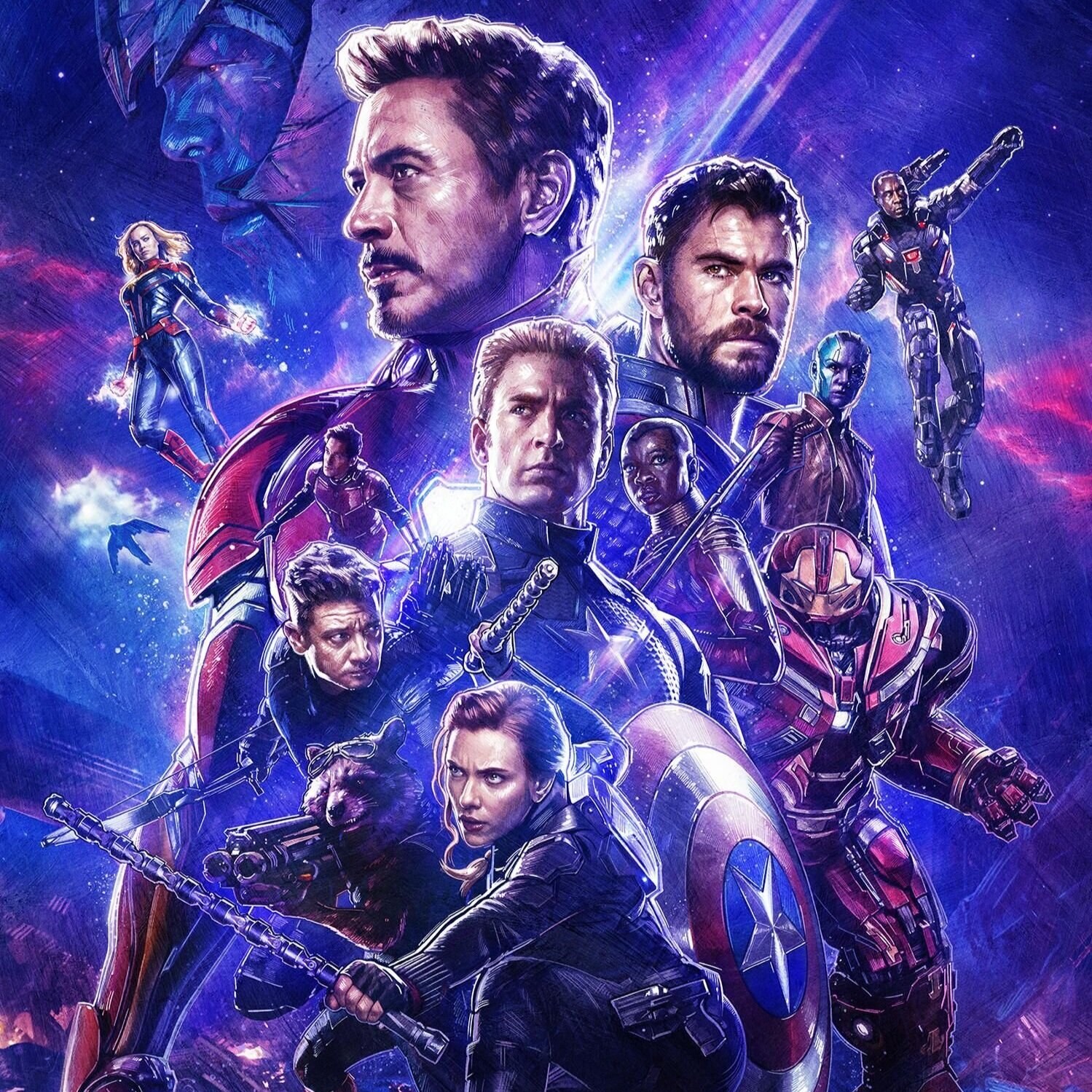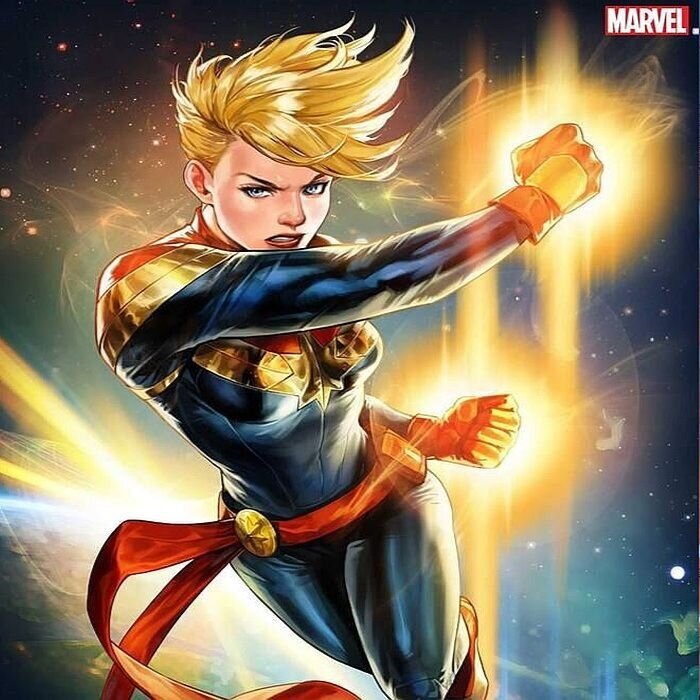Joker: Sympathy for the Devil
Written by Serena Gandhi and Gaby Bonina
Nowadays, it seems as though comic book movies are being churned out every month, big blockbuster films that, in many cases, are prone to triteness and superficiality. In order to make something truly original, there is a needed additive of creativity when writing such films. With Todd Phillips’s Joker, viewers are transported into a dark and dismal Scorsese-verse that displays the devolution of the human psyche. Phillips does more than just tell the Joker’s origin story and follow the commonplace comic book template of a film. He succeeds in highlighting various themes that demonstrate more than the surface-level emptiness that can exist in the comic-book genre. From the strong and well-structured character development that seems to be lost in many films of the same genre to an impeccable attention to detail — be it the camera’s lingering on the Joker’s facial expression to the colors and cinematography that elevates the mood of the film — this film is one that was meticulously crafted to stand out from its counterparts in its ability to portray one of the most famous graphic novel stories in a refreshing light.
The film follows Arthur Fleck (Joaquin Phoenix), a somewhat pathetic man that is continually disregarded by society. The film is quick to show Arthur’s pitiful conditions of life: getting beat up by a group of teenagers while working as a clown, living with his mother, and his unsettling and failed attempts at making it as a comedian. Continually mistreated by those around him, he eventually snaps one night when provoked by a group of Wall Street hunchos, ultimately killing them. With this, Arthur finds a certain confidence that begins the deterioration of Arthur Fleck and the emergence of a new persona, Joker. Each murder that Joker commits empowers the villain with a sense of euphoria that couples a descension into madness. By the end of the film, the Joker dons his famous green hair, clown makeup, and colorful suit as he transforms in the symbol of fear and violence that rules the underbelly of Gotham City.
Joker, yes, succeeds in a character study of Arthur Fleck and his descension into darkness, but with great writing also comes an even better performance. Joaquin Phoenix’s performance is simply astounding. Within the first five minutes of the film, I was disturbed and unsettled by the Ted-Bundy dead behind the eyes look and shaking knees that followed the character. Similar to his counterpart, Heath Ledger, there was an intense dedication to the role. Joaquin Phoenix was reported to have lost 52 pounds for Joker, as well as studying those diagnosed with Pseudobulbar affect, a condition in which one has moments of uncontrollable laughter and crying. For the entirety of the two hours I was in the theater, I was transfixed by Phoenix’s portrayal of mental disorder and its accompanying effects when one’s environment is so brutal. Joaquin Phoenix’s dedication to the part is bound to be incessantly compared to the prior Oscar-winning performance of Heath Ledger in The Dark Knight. Whether Phoenix will be nominated for an Oscar is questionable, but I believe that he should be.
To perfectly complement the superb performance were the strong aesthetic choices made in the makeup, costumes, and set design. Characterization simply leaked out of the way Gotham and its residents appear. The Joker is a troubled man, with white clown makeup clinging to his dark eyebrows and pants short enough to reveal his bony ankles. His clothes are mismatched. He isn’t put together quite yet. The Joker is too proud to hide behind masks. He dreams like an egocentric child, and the rest of Gotham dreams with him. In nearly every shot in the city streets, there is graffiti, a desperate attempt by Gotham’s troubled people to make their mark in some sort of way, just like Arthur. The NYC-with-a-twist, much like ours, is “getting crazier out there,” and the fat super-rats and their Joker-admiring counterparts are coming out of the shadows to wreak havoc.
Joker makes tons of references to the comic book genre, and even includes details from the comic series. The strong usage of vibrant colors makes the film extremely appealing to lovers of the comic series, and the cinematography provides a similar effect. There’s a few little shot-for-shot easter eggs. However, I found the use of short, “few-frame” scenes-- a man bonking his head on the white madhouse door or a clown dropping a gun in a children’s hospital-- to be oddly, uncomfortably funny, much like the entire movie.
It was unsettling to find myself laughing at the violence and fear I saw on screen, but this sensation was just result of wonderful screenwriting; it was all too easy to sympathize with the Joker. I was able to understand why he became a violent monster, as deeply troubling, unsettling, and disturbing as the Joker is. However, this film was not a glorification of violence. It is an exhibition of how to make a monster. The Joker isn’t just a corrupted individual; he wants to corrupt others, too. He wants the masses of Gotham to destroy themselves, and he wants Bruce Wayne to become a monster and kill the madman Arthur has become. Still, as unpredictable and dangerous as the Joker seems, it really isn’t surprising that Arthur became a monster given his circumstances. Arthur’s mental illnesses were neglected and unrecognized. Gotham’s legislators, along with the rest of its wealthy inhabitants, ignored the suffering of the lower-class majority of the city. Joker encompasses the classic 20s rags-to-riches American Dream gone wrong, emphasizing the need to bring power to the people, lest they steal it first.




























